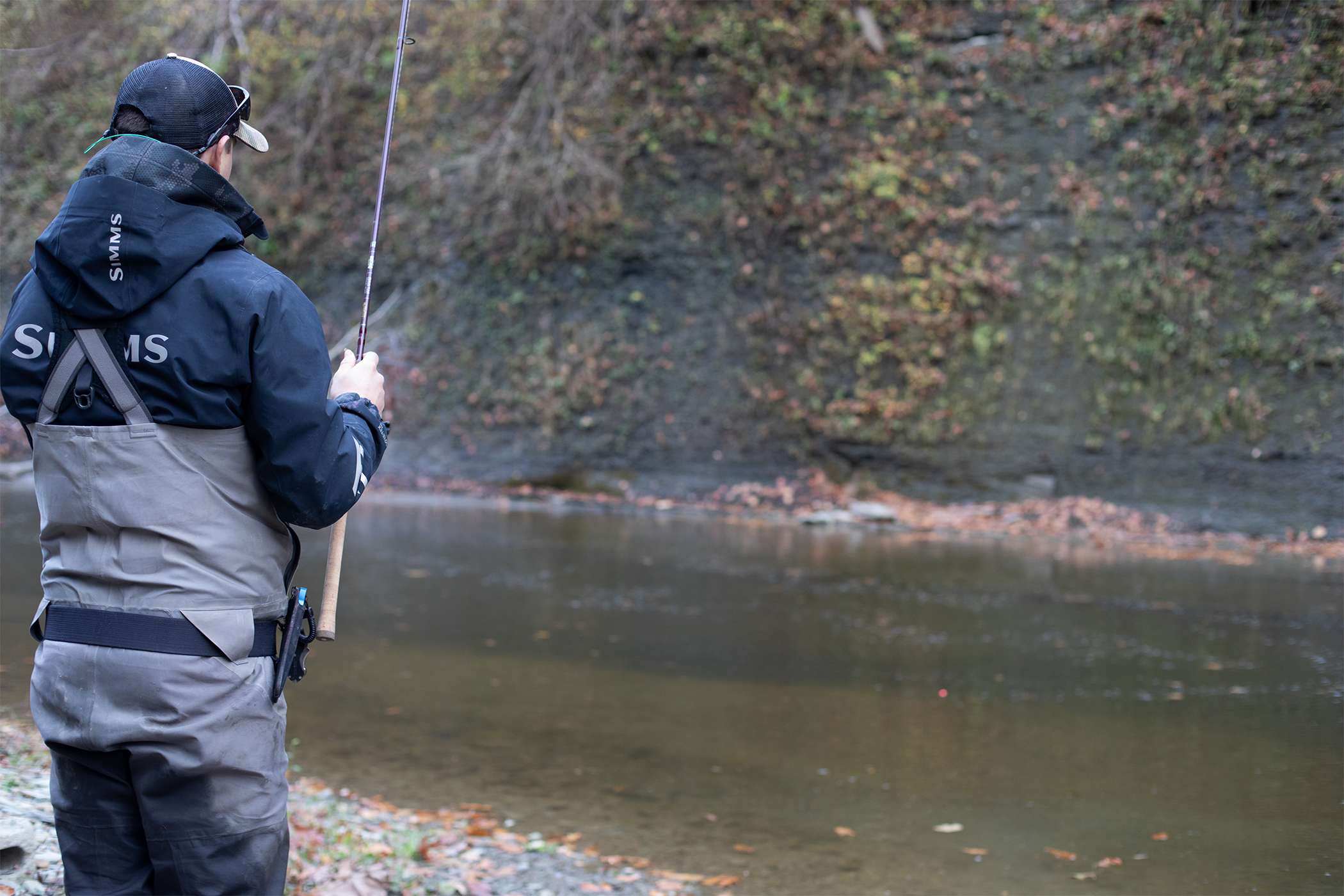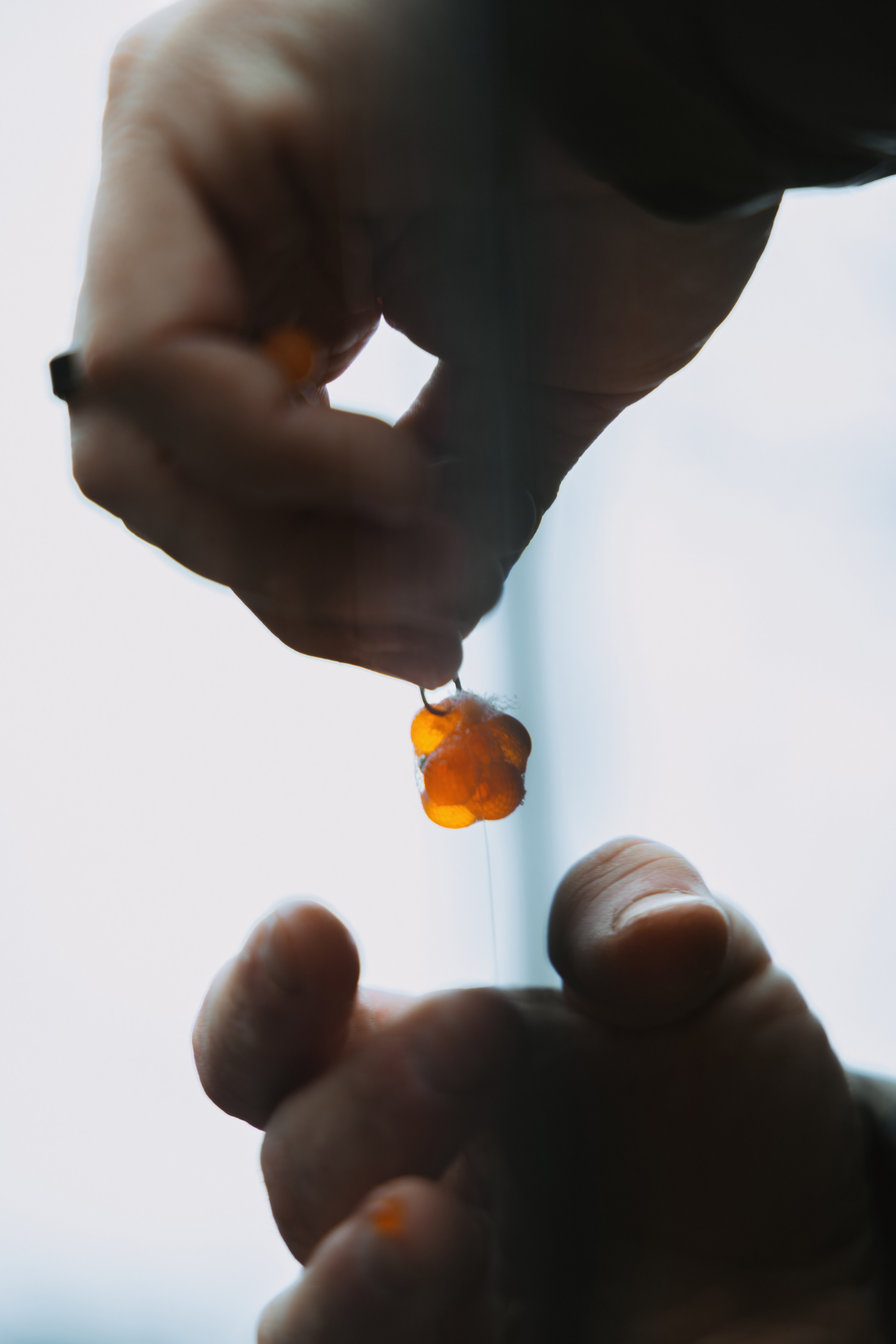Clear Water Steelhead Tactics: Stealth, Small Baits, and Smart Boat Control
Table of Contents
Why Clear Water Is Different
Stealth First: Approach and Position

Line, Leader, and Hardware
Bait and Lure Size: Less Is More

Float Fishing in Clear Water

Back Trolling and Plugging Adjustments
Bobber Doggin’ in Clear Lanes
Drift Fishing and Bottom Contact
Sun, Wind, and Cloud Cover
Boat Control and Wading Discipline
Hook, Land, and Release
Troubleshooting Quick Hits
Simple Clear-Water Game Plan
Conclusion
Shop Steelhead Gear & Tackle

